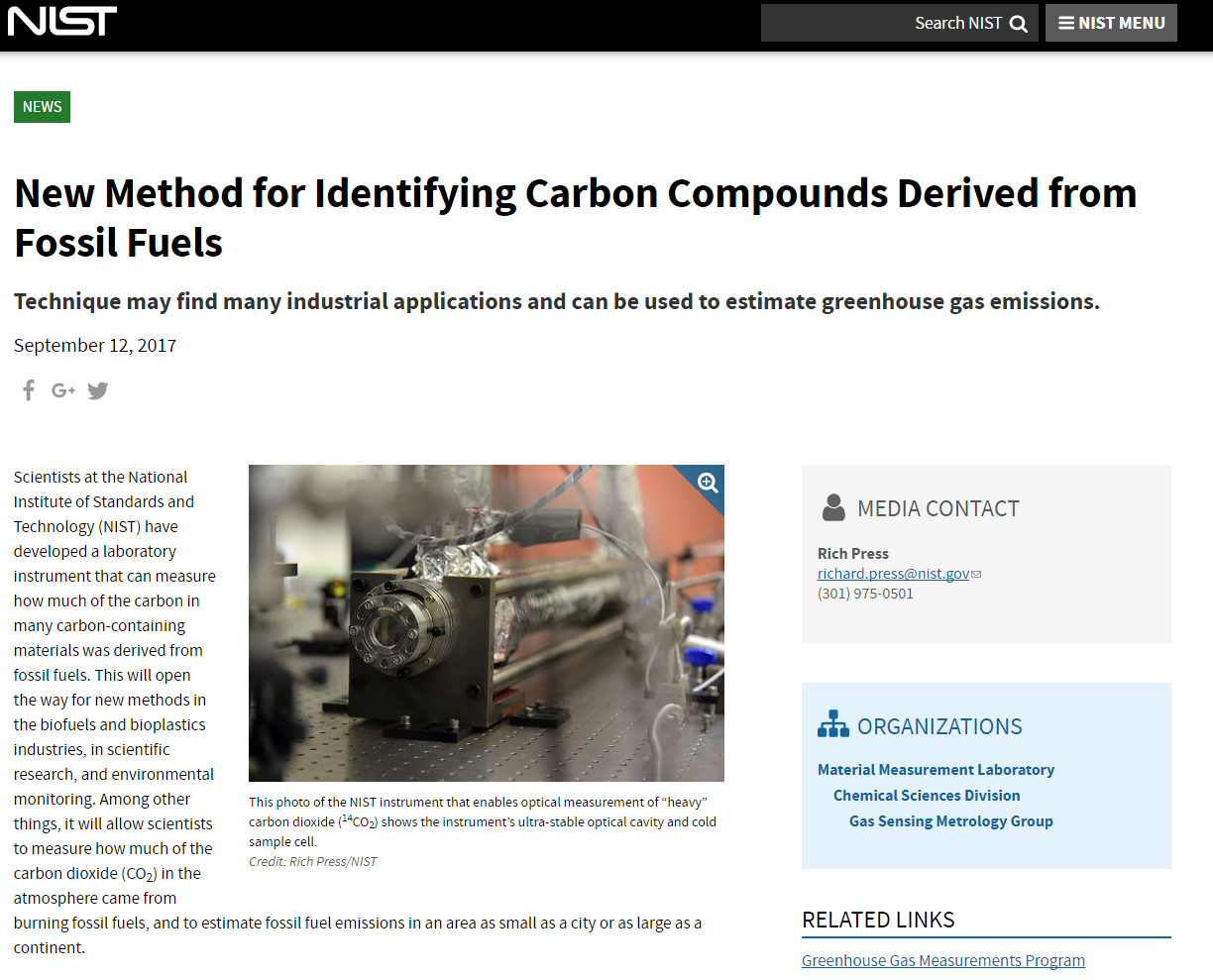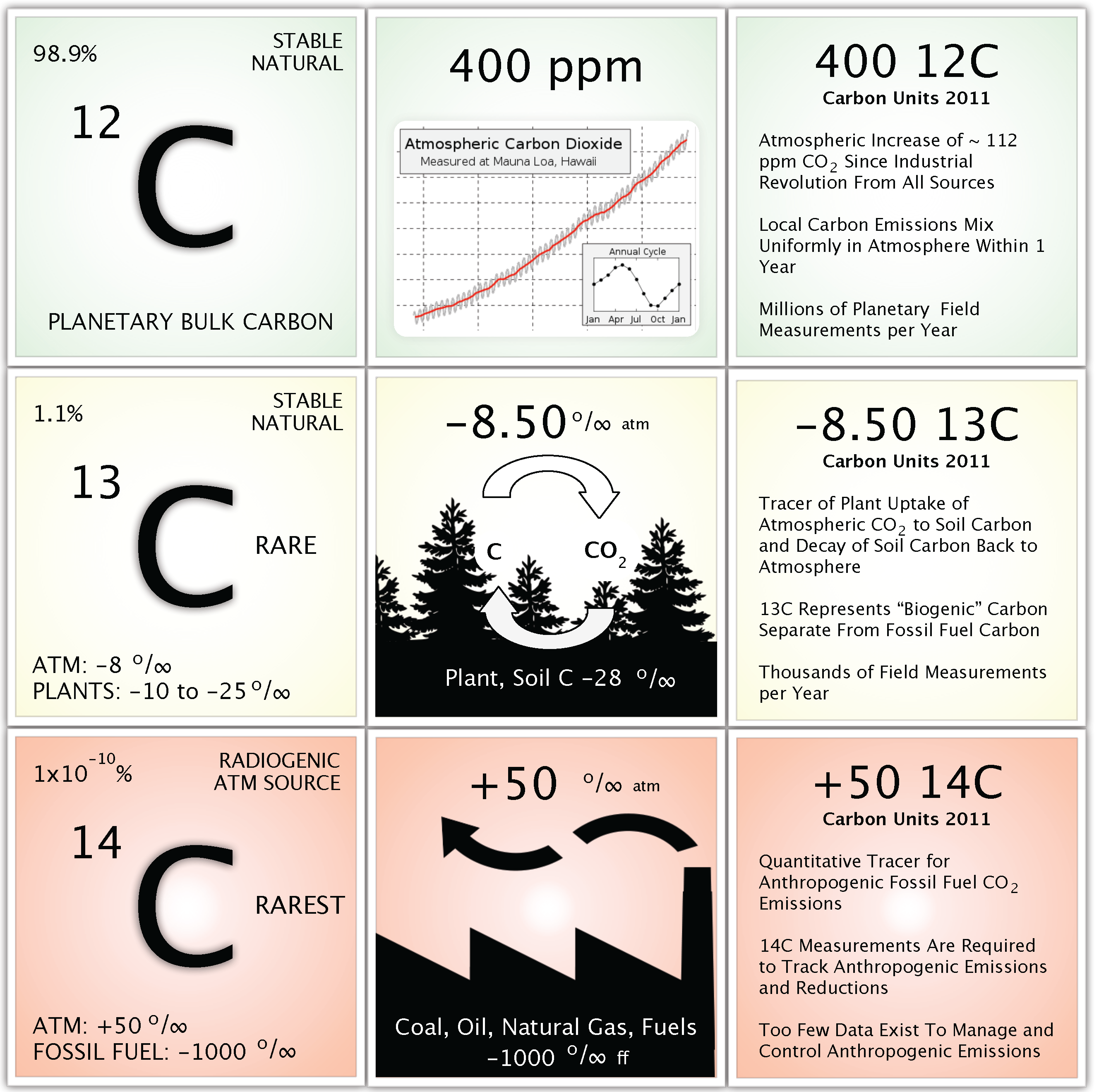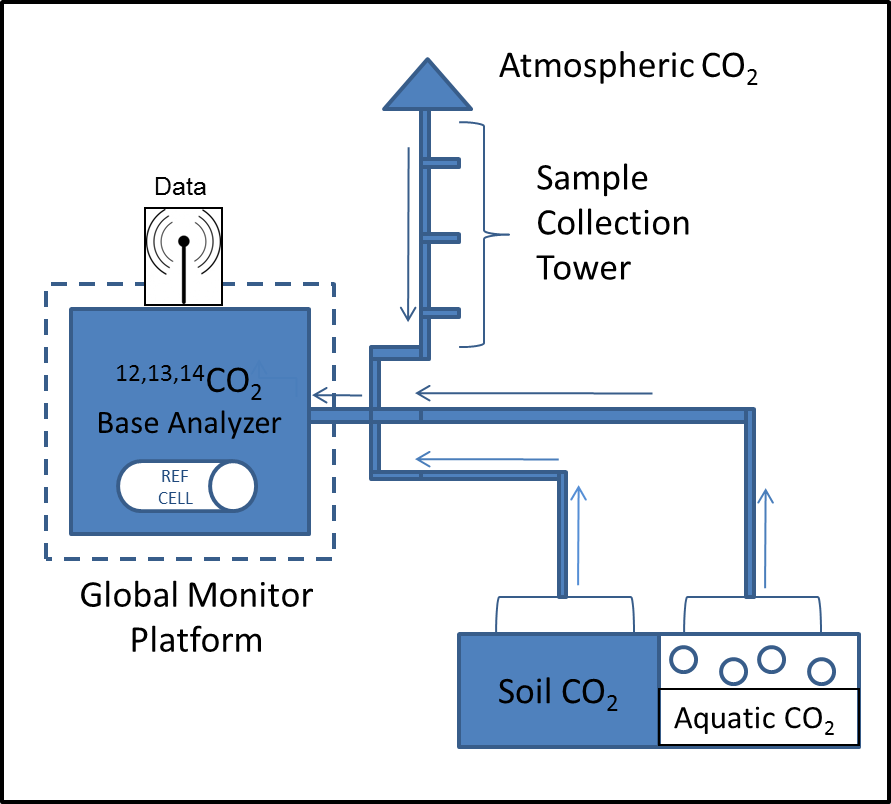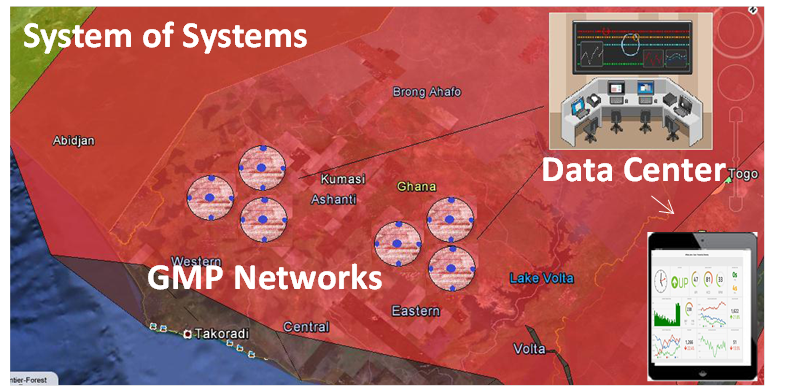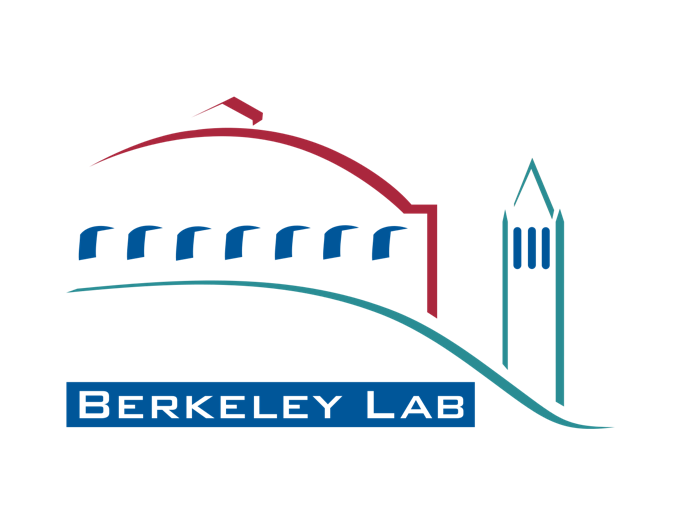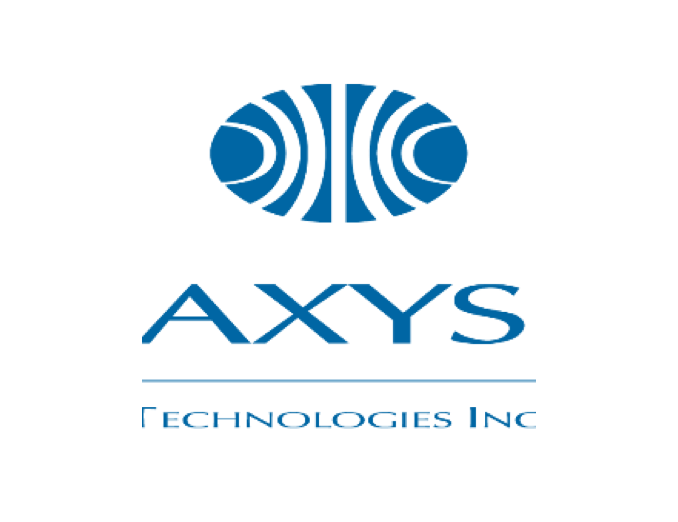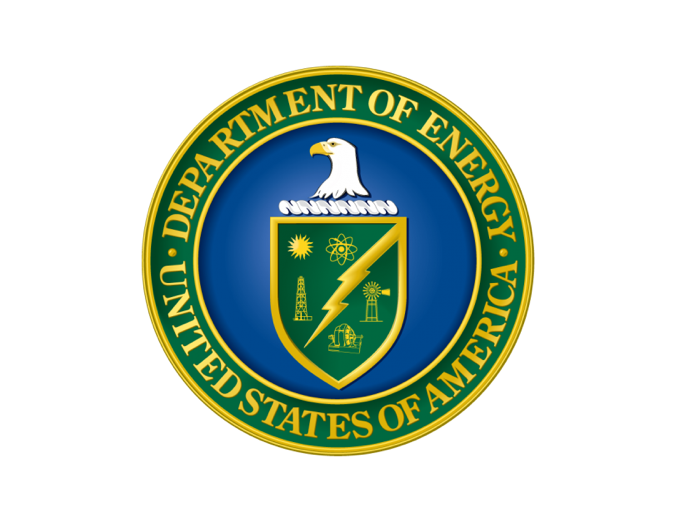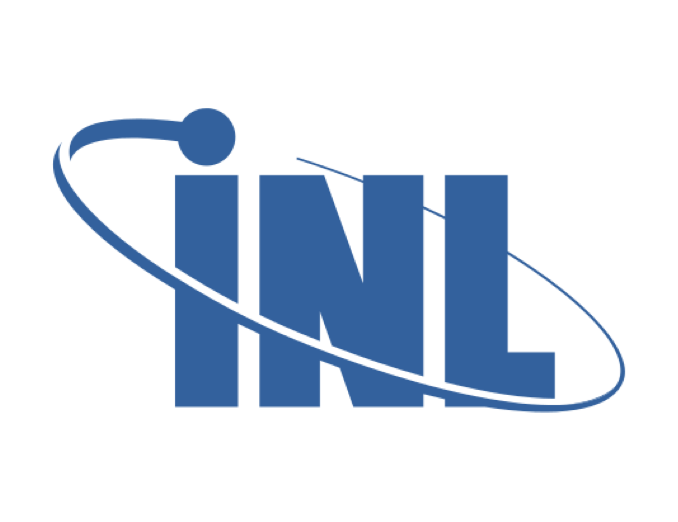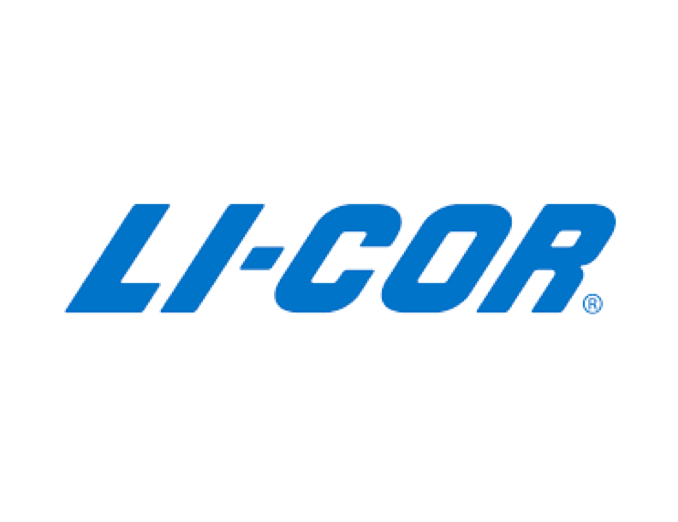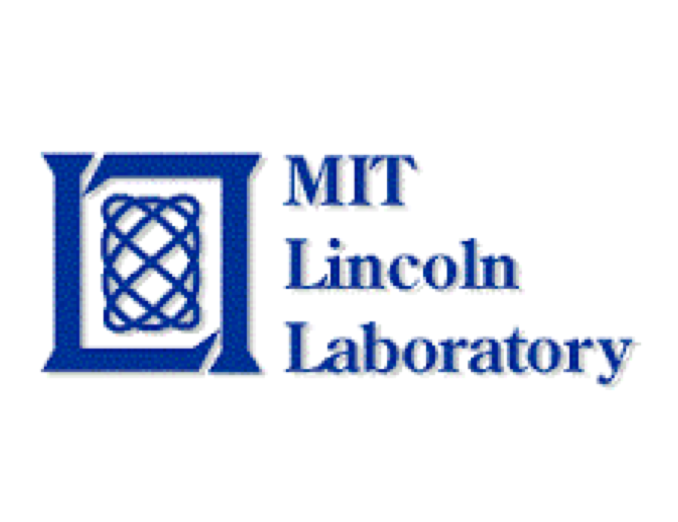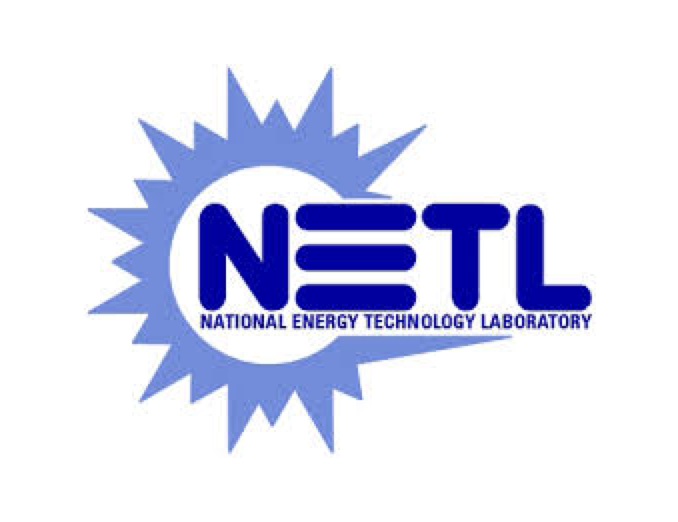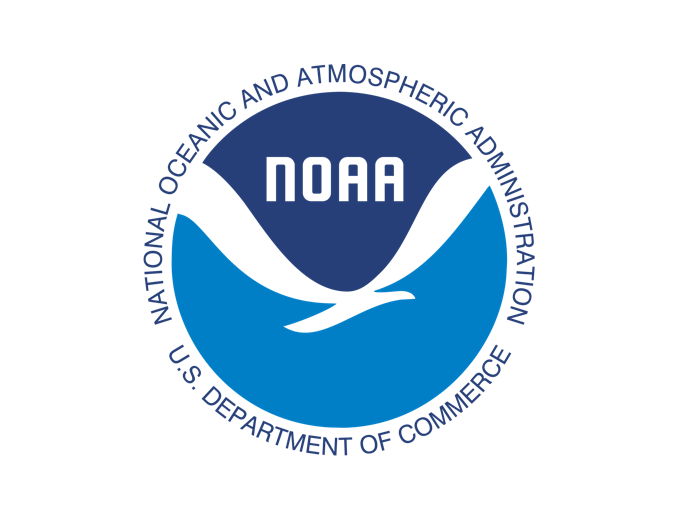IRIS Radiocarbon Analyzer Status 2023: Under Development
NIST US PATENT ISSUES: US 10,067,050 B2
September 4, 2018
Linear Absorption Spectrometer to Optically Determine an Absolute Mole Fraction of Radiocarbon In a Sample
National Institute of Standards and Technology
Radiocarbon Infrared Spectrometer (iRIS)TM
14CO2 Portable Analyzer
PEM Inc. Signs Exclusive License Agreement with NIST for Portable 14CO2 Measurement Technology
CAMBRIDGE, Mass. – Sept. 13, 2017 – PRLog — Planetary Emissions Management Inc. (PEM), has signed an exclusive license agreement to commercialize a new technology for measuring 14CO2 in the atmosphere and over forests across the planet. The National Institute of Standards and Technology (NIST), Gaithersburg, Maryland, developed the portable, low-cost analyzer.
Thousands of radiocarbon or 14C measurements are made each year by accelerator mass spectrometry (AMS). AMS measurements are made in regional facilities, are expensive for fast turnaround (days to weeks), and typically priced for monthly service at ~$500 per sample. The AMS analysis consumes the sample and is not suited for real time and high volume sample studies. The new NIST device licensed by PEM is projected to have a turnaround time of less than an hour for about half the sample cost of AMS.
The NIST license agreement grants PEM Inc. exclusive, worldwide rights to the Infrared Radiocarbon Spectrometer (IRS) patents for all fields of use including execution of sub-licenses. The financial terms of the agreement have not been disclosed.
The NIST IRS, now in the pre-commercial prototype stage, promises to succeed where other portable analyzers have not. The key features of the NIST analyzer are structural simplicity, low cost, operation in the linear regime of single mode cavity ring-down spectroscopy, and a calibration free methodology. Initial results for the IRS are available online with improvements to the first-generation instrument underway. NIST and PEM will collaborate on improvements to the device, with NIST focusing on the measurement science and PEM working toward commercial production.
The applications for the benchtop IRS are numerous and diverse, ranging from the oil and gas industry to medical diagnosis for the common ulcer. However, the importance of the IRS for carbon pricing, finance and trading cannot be overestimated according to PEM CEO, Bruno D.V. Marino.
An affiliate company, Planet Alpha Corp. (PɑC), with license rights to PEM patented technology for unique GHG products, intends to deploy networks of analyzers including the IRS across large natural (e.g., forests) and inhabited landscapes (e.g., cities) to directly quantify 14CO2 gas exchange resulting in unique carbon offset products. 14CO2 is the only direct conserved tracer for fossil fuel CO2. PEM will employ traditional universal gas reference standards to ensure comparability across 14CO2 field analyzers. PEM also intends to establish 14C Global Reference Facilities for emerging SI-traceable methods to determine absolute concentrations of 14CO2 in lieu of gas references tied to the radiocarbon half-life.
With further development, the IRS is expected to meet PEM’s requirement for high precision (~ 1% or less) and high frequency (~one-half hour) field measurement for PɑC field 14CO2 applications to track, trade and manage fossil fuel emissions in a way that has not been possible with low data-rate conventional AMS analyses. PɑC radiocarbon measurements made across diverse projects will support the Paris Agreement now ratified by 160 countries through verification of fossil fuel emission reduction claims and benefit scientific efforts to understand the mechanisms of climate change. The IRS will also support performance verification services for carbon capture utilization and storage (CCUS) facilities that capture and geologically sequester CO2 from combustion of coal and natural gas for energy production.
Publication
A. Fleisher, D. Long, Q. Liu, L. Gameson and J. Hodges. Optical Measurement of Radiocarbon below Unity Fraction Modern by Linear Absorption Spectroscopy. The Journal of Physical Chemistry Letters. Published online 7 September 2017. DOI: 10.1021/acs.jpclett.7b02105(link is external)
NIST Press Release
Recent News
Design and package of a 14CO2 field analyzer: the Global Monitor Platform (GMP)
Carbon Capture and Sequestration (CCS) is widely accepted as a means to reduce and eliminate the fossil fuel CO2 (ff- CO2) emissions from coal fired power plants. Success of CCS depends on near zero leakage rates over decadal time scales. Currently no commercial methods to determine leakage of ff-CO2 are available. The Global Monitor Platform (GMP) field analyzer provides high precision analysis of CO2 isotopes [12C (99%), 13C (<1%), 14C (1.2×10-10 %)] that can differentiate between fossil and biogenic CO2 emissions. Fossil fuels contain no 14C; their combustion should lower atmospheric amounts on local to global scales. There is a clear mandate for monitoring, verification and accounting (MVA) of CCS systems nationally and globally to verify CCS integrity, treaty verification (Kyoto Protocol) and to characterize the nuclear fuel cycle. Planetary Emissions Management (PEM), working with the National Secure Manufacturing Center (NSMC), has the goal of designing, ruggedizing and packaging the GMP for field deployment. The system will conduct atmosphere monitoring then adapt to water and soil evaluations. Measuring 14CO2 in real time will provide quantitative concentration data for ff-CO2 in the atmosphere and CCS leakage detection. Initial results will be discussed along with design changes for improved detection sensitivity and manufacturability.
PEM TECHNOLOGY
14CO2 PORTABLE ANALYZER
Planetary Emissions Management Inc. is pursuing new and emerging technologies, such as the iRIS-III, for high precision determination of 14CO2 in a portable analyzer. High frequency and high precision data for 14CO2 are required to track, analyze, manage and monetize fossil fuel derived CO2 in the biosphere. Humanities perturbation to the climate system cannot be fully understood, managed or monetized without increased data for 14CO2. New 14CO2 data for diverse soil ecosystems are likely to yield a better understanding of their response to changing climate.
GLOBAL MONITOR PLATFORM
The Global Monitor Platform (GMP) is a multi-isotopic integrated field measurement platform. The GMP components may include commercial 12C and 13C analyzers for CO2 and experimental field analyzer modules for 14CO2 such as the iRIS-III now under development. The GMP can be configured to include CH4, N2O and their isotopic species available from commercial vendors. The GMP enables direct measurement of GHG’s across diverse project types, small and large. When coupled with well developed field methods to determine GHG fluxes, PEM provides commercially available comprehensive data for GHG budgets and verification of fossil-fuel emission reduction reporting. The GMP can be deployed to detect fraud in fossil-fuel emission reduction claims.
SYSTEM OF SYSTEMS NETWORK
The System of Systems (SoS) network consists of GMP sensor nodes (e.g., 12,13,14CO2 including the iRIS-III) across the geographical boundaries of a project site. The SoS is designed to monitor net carbon flux at local-to-regional scales, produce automated reports, respond to remote commands and result in verified data for carbon financial instruments. Carbon standards and third party verification are employed at multiple scales to ensure harmonization of data and carbon financial instruments across analyzers in one or multiple networks.
